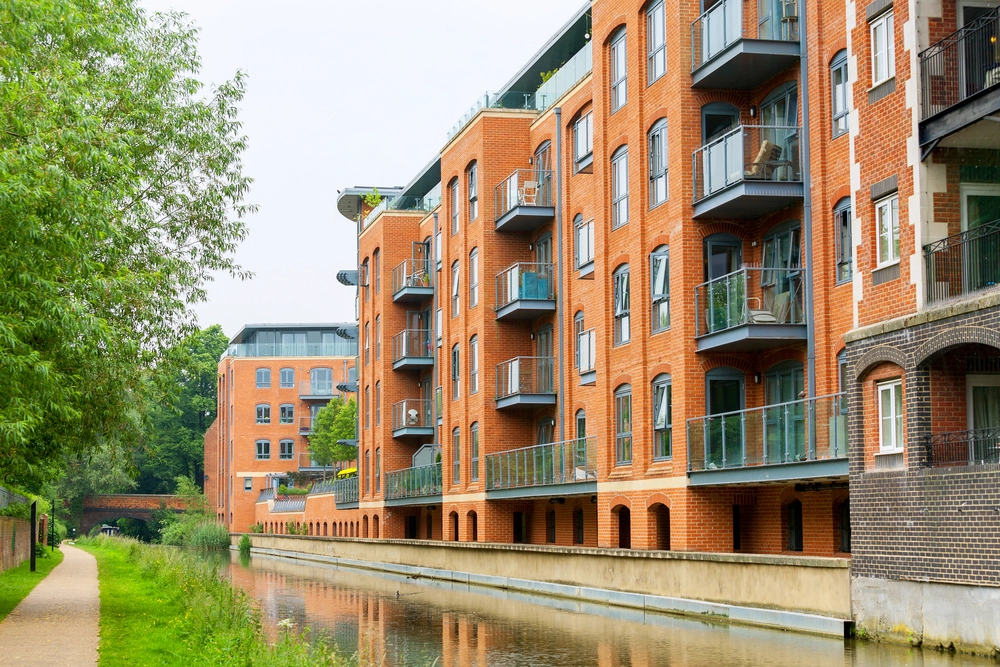
Retrofitting – The plan for greener UK buildings

This month we have asked our energy and infrastructure team to outline some of the projects the team are working on related to the delivery of net zero new build and energy efficiency of buildings in the UK. One such project is the goal for greater energy efficiency in buildings and the need to retrofit existing and new build homes to achieve this goal.
What's the scale of the issue?
Buildings are responsible for around 50% of the UK's total carbon dioxide (CO2) emissions. Of these, homes are responsible for approximately 27% of the UK's total CO2 emissions and 30% of the UK's total energy consumption. One of the principal ways in which the UK government proposes to tackle climate change and meet their emission reduction targets is through greater energy efficiency, including energy efficiency in buildings.
But the challenge is huge and whilst the move towards building net zero new homes is admirable this only covers a few hundred thousand new homes each year. What about the other 28 million homes plus the other buildings we have?
Moreover, it's widely recognised that without stronger standards, there is a real risk that these new homes will add to the volume of houses that will eventually need retrofitting themselves. So, a step change in thinking is needed which many of our clients are starting to put into place.
The costs of the solution
In terms of figures, the Construction Leaderships Council's proposed national retrofit strategy suggests a £3.64bn investment in domestic retrofit for 2021 rising to £16.8bn in 2022-24 and £235.7bn by 2030. It's of interest to many of our clients at the moment across the whole sector including developers, contractors, clients and funders in particular.
How can we help?
We have been fortunate enough to help clients for over a decade navigate the challenges and opportunities that various government initiatives have offered. Currently the focus is:
- Energy Company Obligation (ECO),
- Green Homes Grant (GHG),
- Energiesprong.
These initiatives quite often involve complex funding arrangements, tenant and owner interactions, and the need to move quickly through the procurement rules often with a developing supply chain. However, we have tried and tested ways to do this which we can share.
The team have also been involved in helping clients navigate framework call offs for the upgrade of their estates using the National Energy Performance Contracting (RE:FIT) programme. This is now in its 4th edition and the use of EPCs has been growing steadily in the UK with a number of organisations including local authorities, the National Health Service, schools, further education, and universities taking advantage. It's one of the few procurement models that can allow your team a unique opportunity to make a step change in the operational and value for money performance of your entire asset base. Especially where funds are limited.
Where is the market going and how can these aspirations be delivered?
We are really pleased to have been involved in some of the UKs first transformational commercial agreements to structure energy performance guarantees using the Energiesprong approach, both new build and retrofit, for contractors and employers. There are challenges to overcome however in terms of what the UK construction market can absorb in the legal context, how the insurance market will or could react, dealing with performance gaps in the supply chain.
But it is fascinating to work it out. To make a serious impact though it's going to involve a collaborative approach between the government, communities, industry and the professions.
Get in touch with our Energy & Infrastructure team to discuss how the need for net zero newbuild or retrofitting could affect you and your projects.















